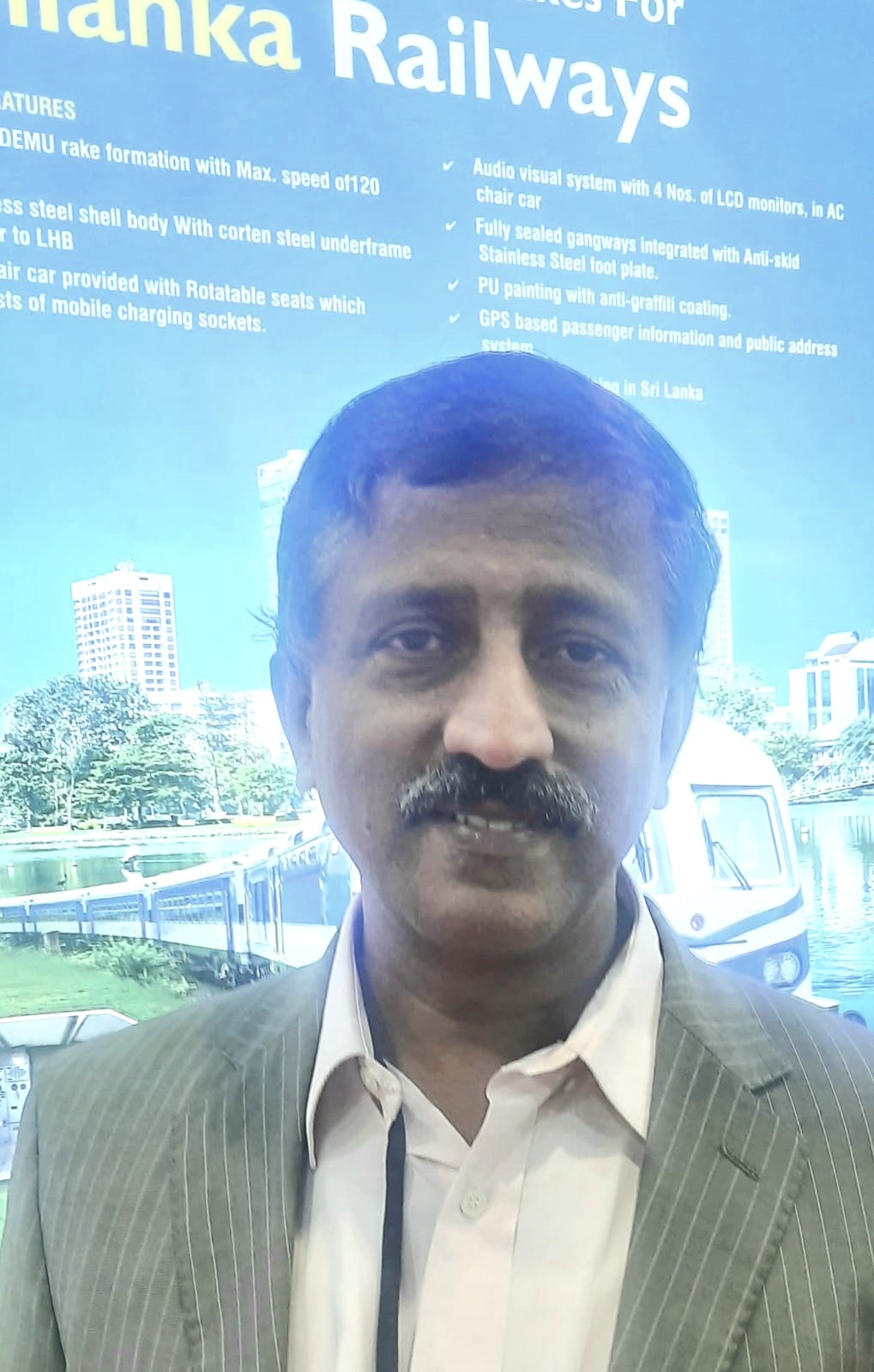Sanjay Singh, Founder and National Convener of the “Chuppi Todo” Campaign, brings over 20 years of extensive experience in communication, rights-based campaigns, filmmaking, electronic news media, and social media. Previously, he held various roles in international NGOs. As an award-winning documentary filmmaker, Sanjay has produced more than 30 documentaries. He served as Creative Director at the National Film Development Corporation (NFDC), Ministry of Information & Broadcasting from 2013 to 2015.
With a PG Diploma in Child Rights from TISS and journalism training at RNTC, Hilversum, The Netherlands, Sanjay also received an International Fellowship from the International Organization of Migration (IOM). This fellowship enabled him to attend training on “Violence against Women & Children” at The Golda Meir Mount Carmel International Training Centre, Haifa, Israel.
In an exclusive exchange with The Interview World, Sanjay Singh discusses his “Chuppi Todo” movement, emphasizing the importance of safe touch guidelines and advocating for governmental action to combat child sexual abuse. Here are the key insights from his interview.
Q: What is the ‘Chuppi Todo’ movement and what impact is it having on society?
A: “Chuppi Todo” is an educational campaign designed to empower children with knowledge about safe and unsafe touch in the context of child sexual abuse (CSA). This form of abuse impacts children on multiple levels—emotional, mental, physical, and sexual—leaving lasting traumatic effects well into adulthood. Shockingly, 50% of sexual offenders are familiar to the victim, with both boys and girls equally vulnerable.
Recognizing these alarming realities, “Chuppi Todo” emerged as an intervention strategy. It centers around an educational film titled “Chuppi Todo” or “Break the Silence.” The film’s premise is straightforward: by equipping children with an understanding of unsafe touch, they are empowered to refuse it and seek help. This approach aims to dismantle the cycle of silence and guilt that perpetuates the issue of child sexual abuse.
Q: What are the guidelines for appropriate and safe touch?
A: Safe touch operates on three fundamental principles:
Firstly, it’s crucial to recognize and distinguish between appropriate and inappropriate touches. Certain parts of the body, typically covered by undergarments, are private. Understanding this distinction is vital.
Secondly, if anyone attempts to violate these boundaries, respond assertively: shout “NO” and remove yourself from the situation immediately.
Lastly, always confide in a trusted individual about any uncomfortable encounters. Communication with someone you trust is essential for support and guidance.
Q: What are some effective strategies to avoid unsafe touch?
A: The devastating impact of CSA can be prevented if we prioritize this issue. To effectively tackle it, we must equip our children to recognize and respond to potential dangers. While we cannot eliminate every risk associated with CSA, proactive steps can significantly mitigate them. Educating children is crucial; initiatives like the film “Chuppi Todo” which teaches about safe and unsafe touches play a vital role in this effort. By taking these measures seriously and educating our youth, we can make meaningful strides in safeguarding them from harm.
Q: How do you believe the government should intervene effectively to prevent child sexual abuse (CSA)?
A: The government needs to take decisive action to combat child sexual abuse and shut down websites engaged in these illegal activities. Child pornography is a grave crime that spawns other offenses like sex tourism and the sexual abuse of minors. Therefore, the Centre’s initiative to enlist Interpol’s help in identifying and targeting the most egregious child pornography websites deserves commendation. In a significant development, a Global Interagency Working Group based in Geneva has released Terminology Guidelines aimed at enhancing cooperation to tackle the sexual exploitation and abuse of children, marking a crucial stride forward.
Q: How are you facilitating coordination across international fora to combat CSA?
A: We are currently compiling a compendium aimed at establishing exemplary child protection practices. This compendium draws from the best practices observed in 25 NGOs operating across Southeast Asian countries. Our efforts involve gathering data, including photographs, and collaborating closely with other agencies in this field. This collaboration aims to synergize collective efforts in combatting Child Sexual Abuse (CSA).








